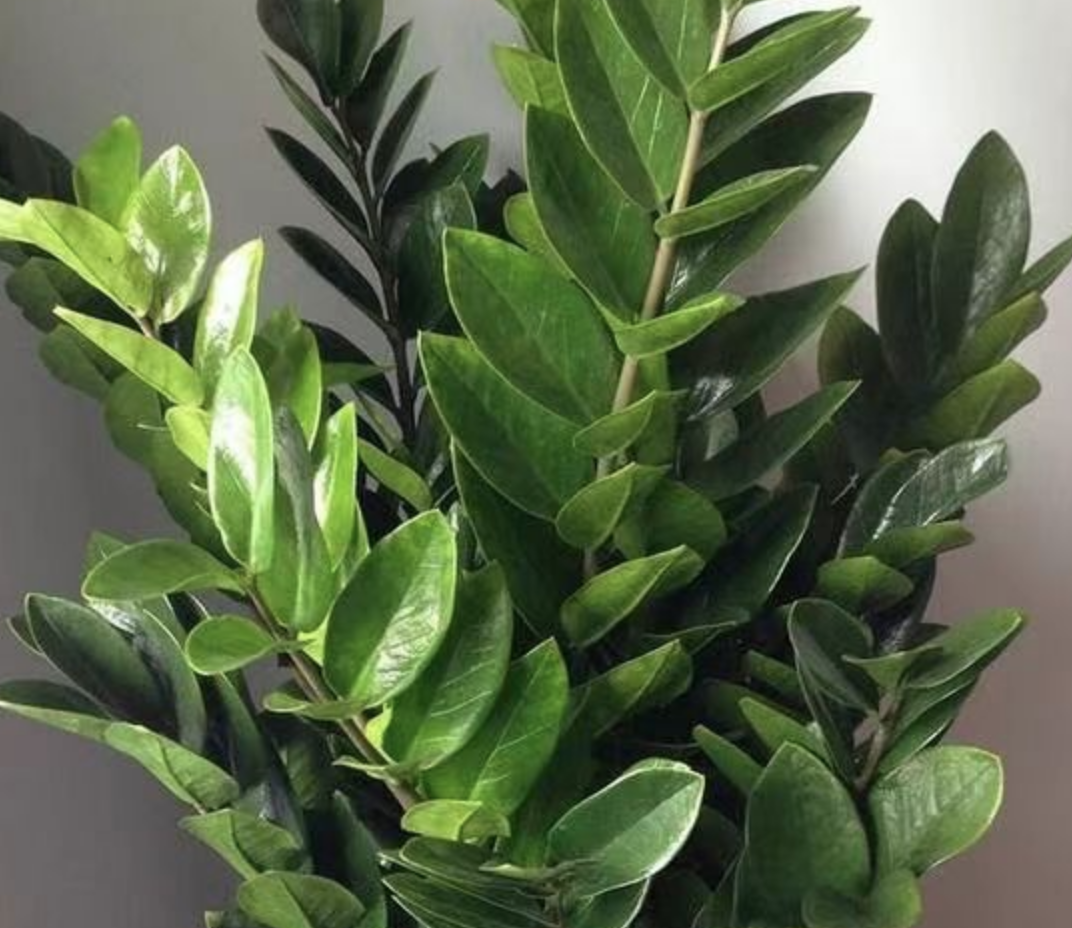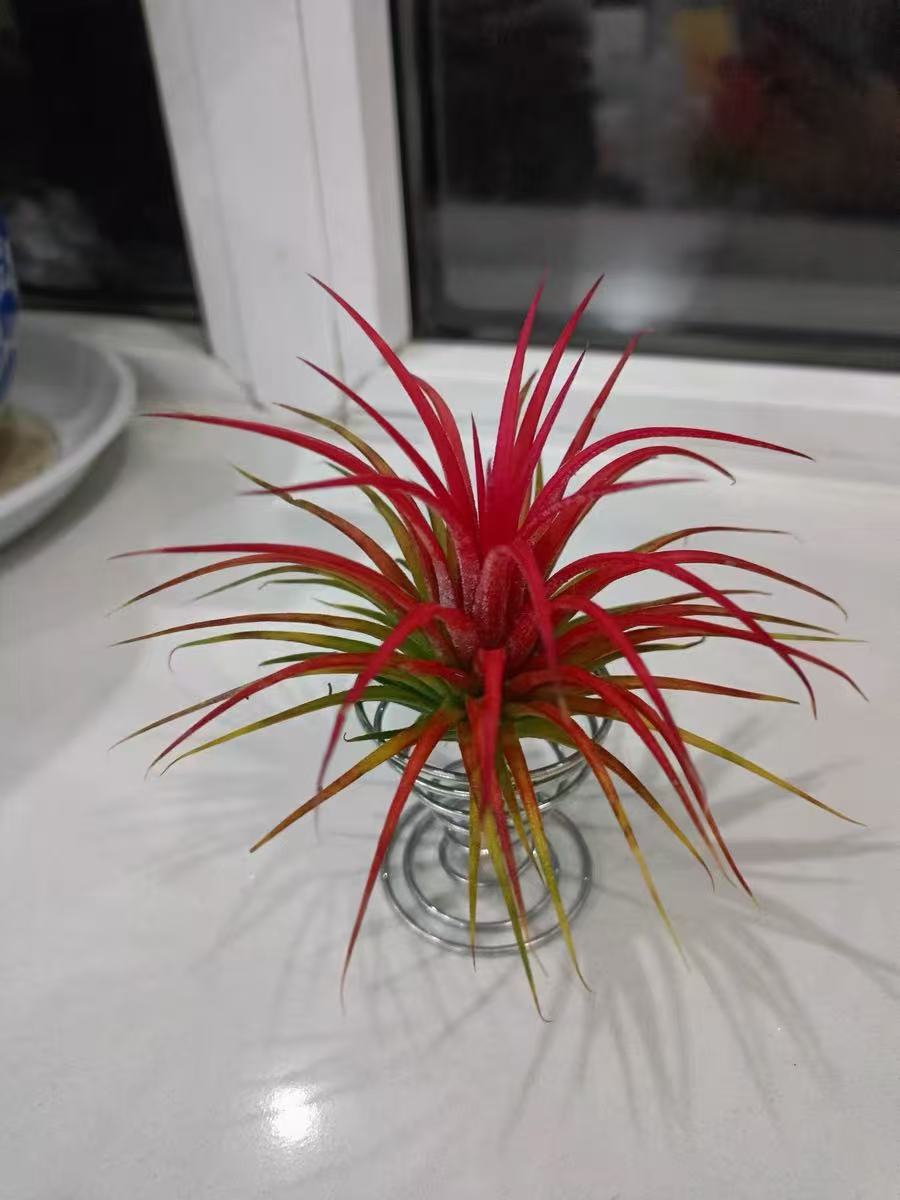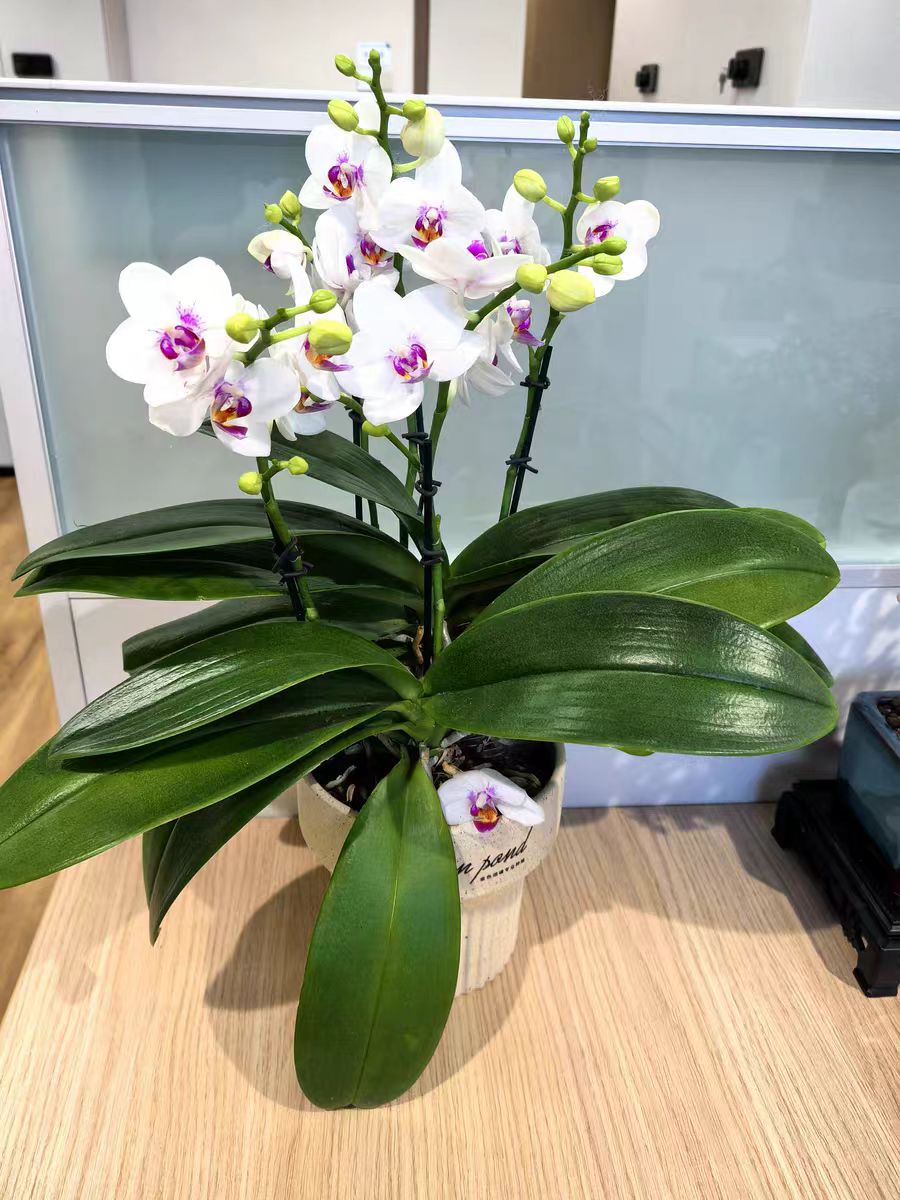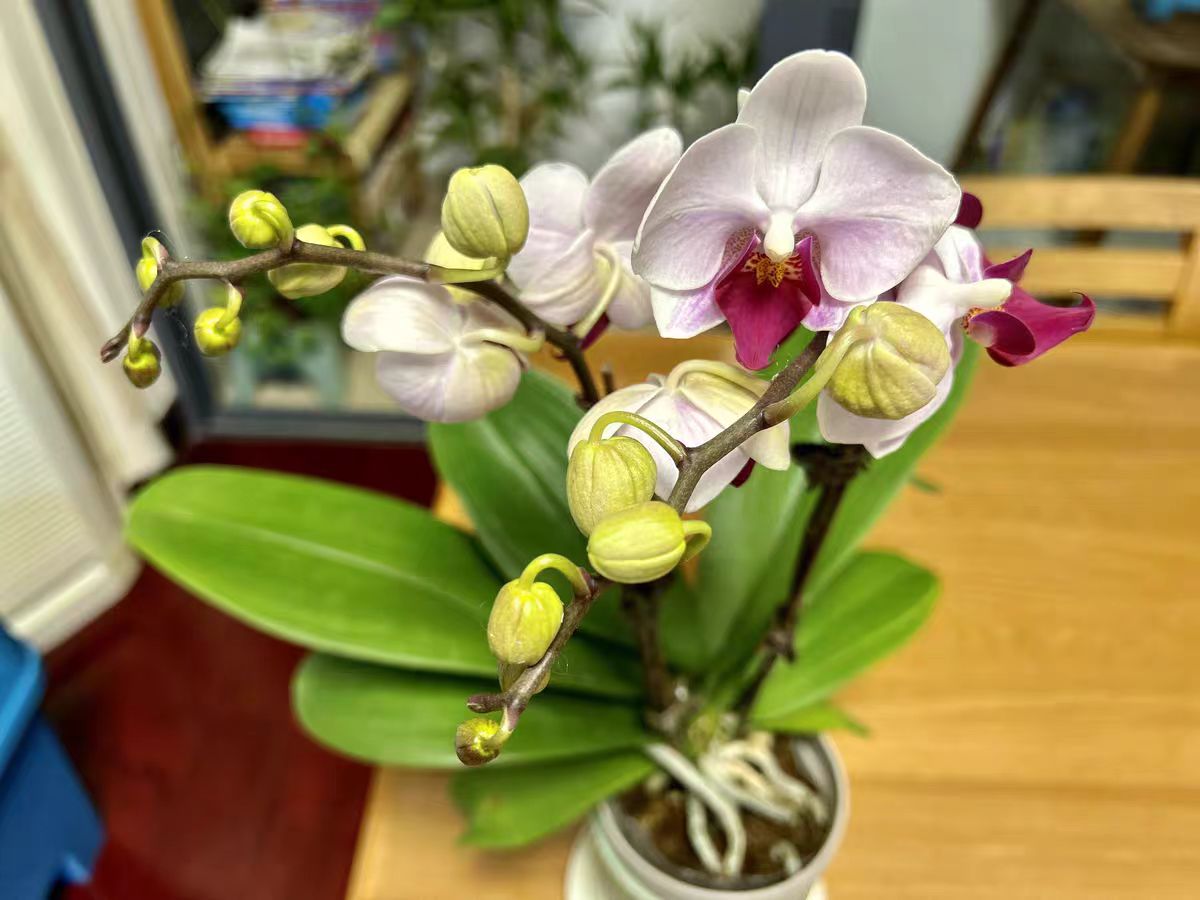Among the numerous indoor ornamental plants, the Zamioculcas zamiifolia and the Pachira macrocarpa are often favored by people due to their auspicious meanings. However, for many friends who want to cultivate these two plants, a key question is: Which one is easier to keep alive, the Zamioculcas zamiifolia or the Pachira macrocarpa?
First, let's look at the Zamioculcas zamiifolia. It has a strong drought tolerance and relatively less demand for water. It adapts to a warm environment with moderate light. The requirements for the soil are not too strict. As long as it has good air permeability and drainage, it's fine. During the maintenance process, there is no need to water frequently to avoid root rot caused by water accumulation. Moderate light and suitable temperature can enable it to thrive.
Then, let's look at the Pachira macrocarpa. It also has certain drought tolerance, but compared to the Zamioculcas zamiifolia, its demand for light is slightly higher. It likes a warm, humid, and well-ventilated environment. Regarding watering, it is necessary to pay attention to controlling the amount of water. Too much or too little may affect its growth. For the soil, it is also better to be loose, fertile, and well-drained. Overall, the Zamioculcas zamiifolia and the Pachira macrocarpa have their own characteristics in terms of maintenance difficulty. If you have limited time and it's difficult to take care of the plants frequently, the Zamioculcas zamiifolia might be a better choice; if you can provide relatively sufficient light and moderate attention, the Pachira macrocarpa can also thrive under your careful care.
Then, how to judge whether the cuttings of the Zamioculcas zamiifolia and the Pachira macrocarpa are healthy? First, for the cuttings of the Zamioculcas zamiifolia, let's first take a look at its leaves. The leaves of healthy Zamioculcas zamiifolia cuttings should be emerald green and lustrous. Dim color or yellow spots are not good! Then touch the leaves. Thick and elastic ones are great.
If they are soft or wrinkled, you have to be careful! Also, look at the stems. They should be smooth without damage and spots, and firm and resilient. Such cuttings have the potential to thrive! Next, for the cuttings of the Pachira macrocarpa, let's focus on its buds. Plump, prominent, and undamaged buds are signs of health! Then look at the stems. The color should be normal, presenting a healthy green or brown, without blackening or softening.
Also, healthy Pachira macrocarpa cuttings should have no traces of pests and diseases, such as wormholes or insect eggs.
As long as we master these tips, we can easily judge whether the cuttings of the Zamioculcas zamiifolia and the Pachira macrocarpa are healthy! In this way, when we cultivate them, we can achieve twice the result with half the effort and let them grow into beautiful and lush forms quickly, bringing more vitality and good luck to our lives!
Which is easier to keep alive, the Zamioculcas zamiifolia or the Pachira macrocarpa?

Share with
Tagged in :




Leave a Reply